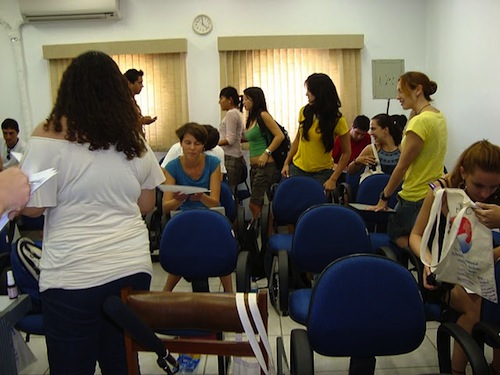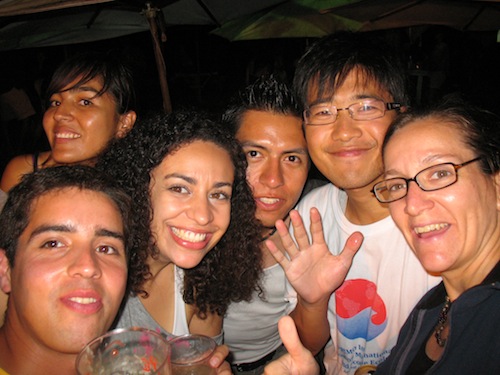To do Science is not enough, we have to bet
In Trieste, Italy, in a recent international gathering of scientific diplomacy organized by the Academy of Sciences for the Developing Countries (TWAS, its acronym in English) and the American Association for the Advancement of Science (AAAS, its acronym in English), I saw former NASA astronaut (the U.S. space agency) David Hilmers talk about cooperation between scientists of different nationalities in space. I also saw Norm Neureiter, former scientific adviser to the Ministry of Foreign Relations of the United States, talking about collaboration on scientific projects with the Soviet Union during the Cold War.
It’s a very different reality from that of the developing countries that were represented there. How to convince our politicians and governments to value science?
I asked this question to Ray Orbach, scientist responsible for negotiating the participation of the United States in thermonuclear experimental reactor to be built in France by a consortium of nine countries. There will be simulated in a controlled environment, temperatures as high as those found in the Sun, and that will make the nuclear fusion of hydrogen, producing helium gas and energy, lots of energy.
How to expect a country like Brazil, where the average citizen has little education – almost 70% of the population has not completed high school – and the government does not consider science, technology and innovation (ST & I) a priority – we have a fifth of the world’s average number of scientists by inhabitants – come participate in something so important for the future of humanity? This requires investments of frightening amounts of money, huge uncertainties, major conflicts of interest and too much risk. And what is worse, the results appear only in the long run: the operations of the reactor, for example, are referred to in 30 years.
Orbach had no answer. But in that moment, the president of TWAS, Romain Murenzi, a native of Rwanda, stood up and challenged me: “I was in Brazil and I can assure you, your country has a strong commitment to ST&I”. He mentioned the improvement of the position of Brazilian universities in international rankings and, as would be expected, the Science without Borders program.
The next day, when the representative of the Dominican Republic called for a stronger legislation to prevent the escape of academics from developing countries, Romain stood up again and said he was mistaken in thinking it was the lack of infrastructure that led scientists to escape their countries. In many of them, the political conditions were so unstable that researchers feared for his life, not by unavailability of equipment.
I understood later, talking privately with Romain that for him the fact of my country have invested in my education to the doctoral meant a deep commitment to ST & I. Of course if you compare Brazil with Rwanda will have to accept that our commitment to ST & I is strong. But if we compare with the U.S.? And what comparison is correct?
After seeing the two seconds video of the light touch of the leg of a paraplegic on the ball at the opening of the World Cup in Brazil, and the reaction of the scientific community on social networks, I found the answer.
The comparison did not matter. Only when we were willing to invest large sums of money on cutting-edge projects, risky and uncertain, we would unveil a big commitment to science.
Brazil has an enormous socioeconomic deficit that also inhibits its scientific development. It is virtually impossible not to be always one step behind our collaborators (and competitors). A strategy to escape this trap would be to walk an alternative path, where the long-term investment in basic education were accompanied by massive investments in fron
tier of sciences. Areas with potential for faster returns, but with greater financial contributions, as well as uncertainties and risks.
The answer was in that lawn. Brazil had committed! The result was not the expected. From the point of view of marketing – and it was a marketing event for the demonstration took place in the World Cup opening, not in a scientific congress – it was a failure. But scientifically the enterprise has not failed. It’s easy, retrospectively, to find the reasons why the venture failed. But cast the first stone who has never talked about an outcome before it was published. It will be up to the funding agencies to account for the invested resources and the scientific community to verify Nicolelis’ allegations. Which, incidentally, will be the only one to bear the embarrassment that was the difference between the promised and the delivered.
Scientific activity is risky and its results can never be predicted with accuracy. But it is part of the game. An expensive game, but precisely because of that, it requires a large commitment of the players. Four years ago, Nicolelis was the right bet. More than that, investing in science was the right decision for Brazil. Brazilian science can live without the 15 million USD that were allocated to Nicolelis’ research. What Brazil cannot, is to live without the fundamental commitment to risk in science.
MAURO F. REBELO, 42, PhD in biophysics, is professor at the Institute of Biophysics Carlos Chagas Filho, at Federal University of Rio de Janeiro
Free translation by the author from the article published in the Brazilian newspaper Folha de São Paulo on 21/06/2014
Science, Politics and Compromise
As I get ready and pack for the Science Diplomacy workshop that I’m going to participate in Trieste, Italy next week, I try to control the enthusiasm. I am part of a very selected group of scientists and politicians from several parts of the world that are going to try establishing the common ground to address the challenges of the 21st century.
Under the sponsorship of the American Association for the Advancement of Science (AAAS) and The World Academy of Science (TWAS), we are going to discuss Mechanisms for Science diplomacy, Linking Science to Development, National Approaches to Science Diplomacy and Priorities, Large Scale Infrastructure, Transboundary Cooperation, The role of science education and exchanges to build international links and Regional Integration and Science Diplomacy.
I’m so excited! And afraid.
I am afraid that it may impossible for us to succeed, because there may be no such common language. No such middle ground.
Science is about the search for the truth based on evidence. Politics is about the search for consensus, not always (or not necessarily) based on evidence. Consensus is obtained by compromise. And in science, in the scientific activity, there is no room for compromise.
Open parenthesis: We want consensus in science too, and because we have evidence to set our disputes, consensus in science should be inevitable. But it turns out it is neither that simple, nor that easy. We, scientists, after all, are humans, and susceptible to conflict of interest, bias, partiality and other human motivational bad choices. Fortunately, eventually, evidence (or the truth) prevails and science moves forward in a consensus that Thomas Khun named “a new paradigm”. Close parenthesis
Politics are influenced by the opinion of the majority. Science could not care less about it. The reason is simple: the majority is not necessarily (actually, rarely is) smart. In lay terms, the Brazilian author Nelson Rodrigues said once: “all unanimity is stupid!”
No mystery behind that. The skeptic Michael Shermer shows in his inteesting book ‘Why intelligent people believe in strange things’ that our choices are rarely result of an intleigente rational process. Most of the times it is result of circumstances, emotions (specially fear) and our concern about other people (specially our peers) opinions (and acceptance).
Open parenthesis: Although ‘intelligence and rational thinking are not our most used feature to make decisions, we use them a lot to justify whatever decision we have made. And we are very, very good at it. Close parenthesis.
The majority, as Isaias Pessotti mentioned in his marvelous book ‘The Mediavilla Manuscript’ is a measure of power, not intelligence. The majority is important to give mandates, not to make decisions. That is why we should give mandates to very intelligent people. In my particular opinion, as a scientist, I believe we should give mandates to very intelligent people that base their decisions in evidence. But, even though I’m not alone in this belief, we are far from being the majority.
Because politics have a mandate from the majority, they are worried about pleasing the (right or wrong) majority. Scientists… They don’t care about the majority (I could open another parenthesis here, for nowadays, many scientists are worried about the majority, or should I say, about showing up in the news). They care about being right (well, and publications, and grants, and prizes, and sometimes, they cara about money too).
“I don’t want to be right, I want to be happy” said the brazilian poet Ferreira Goulart. But for a scientist, to be right IS to be happy!
Scientists are full of defects. The are narcissist, egocentric, arrogant, jealous and envy (to list some). And the fact that they can, at least sometimes, go over all this to describe the reality in an unbiased way… is almost a miracle (ops, most scientists don’t believe in god or miracles either). To do that, we have to fight previous assumptions, preferences, intuitions, guesses, opinions. It is very hard. That is why is so obnoxious when journalists ask us to give contundent last minute statements about complex and complicated topics that we spend years studying, that are surrounded by uncertainty and to which, many times, we can only grasp a comprehension.
But we rarely put ourselves in anyone else’s shoes. People don’t understand and, most of the time, they don’t care about how things works. They want to be happy, they don’t want to be right. Politicians have to take that into account.
It was during a lecture from the physicist and ex-president of the Brazilian society for the advancement of science Enio Candotti, entitled ’Science, Politics and truth’ that I was introduced to this huge gap between the scientist’s objective perception of the reality and the politician’s subjective one.
Is there reconciliation between evidence and consensus? Objective and subjective? Right and Happy? I hope so, and I’m going to Trieste with an open mind and a lot of enthusiasm to look for it.
ISMEE's diary. Wednesday, October the 27th. 5th day.
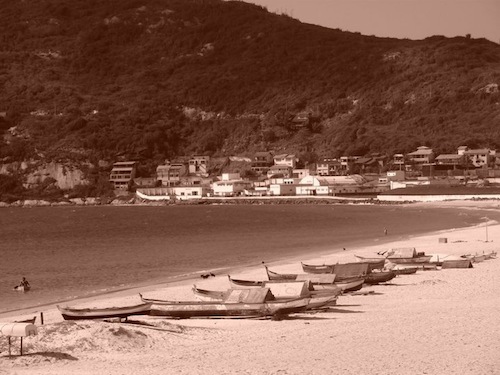
Bioletim Script for Science Communication

Open parentheses: Art? No, writing is not an art, neither is a natural talent that you are born either with or without. Writing is practicing! Is training! It is not inspiration, it is transpiration! But at that time we didn’t know that and still many student don’t know that. It is common, for example, to see on the chronograph of a thesis project, the last two months ‘reserved’ for the manuscript preparation. But when the time arrives, the student sit in front of the computer kind of waiting for ‘divine illumination’ to control their fingers to put characters in the computer screen in a way that they make sense. A kind of psychography. Close parentheses.
When in 2007 we published the BIOLETIM online version which should be even more publication friendly (we can’t forget that a printed journal is much more expensive than a online one), we thought that we would have thousands of submissions. But it didn’t really happen like that. We had a beautiful, high tech website, but we had no authors.
There are many reasons for that, but one of these is, I’m sure, that writing is more difficult for the students than they actually think!
That’s why we created a script to get the students out of inertia, out of the ‘writer’s block’. The script is available online in Portuguese at the BIOLETIM website. (you need to register and loggin to access)
But when I was preparing one of my ISMEE classes, I thought that this script could be useful not only to Brazilian students, but for everyone. Thus, we created and English version. I really liked the result! The file is an electronic form in .doc format and is available to download here.
The ‘BIOLETIM script’ is strong influenced by the ‘Autoria (authorship)‘ method (only in portuguese), created by Sonia Rodrigues and if you want to practice even more your writing, we strongly recommend the ‘Almanaque da Rede’ (only in Portuguese) which I have already mentioned hereaqui.
Download the script and write your science communication article. If you have any doubts or comments, write it in here and we will get back to you. We will be flattered if after that you send your article to be published at the BIOLETIM.
ISMEE's diary. Tuesday, October the 26th. 4th day.
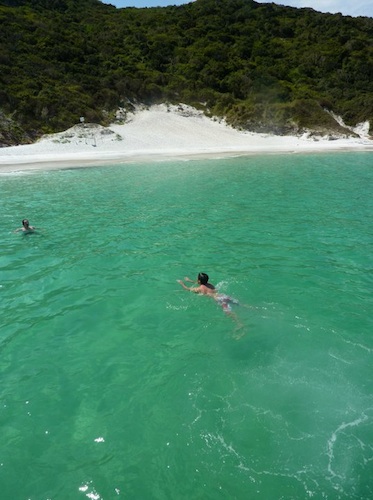
ISMEE's diary. Monday, October the 25th. 3rd day.
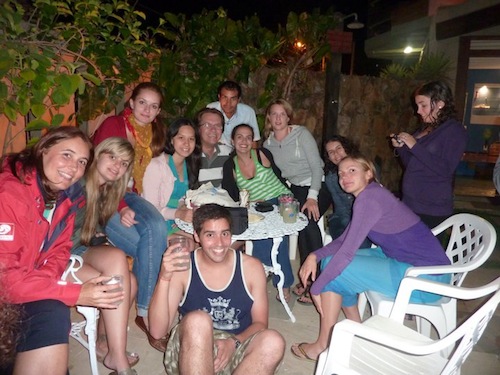
ISMEE's diary. Sunday, October the 24th. 2nd day.
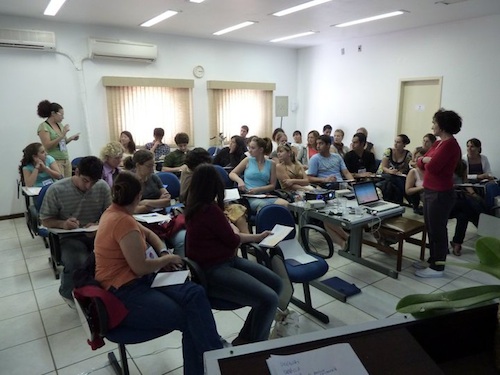
The ‘Blue Amazon Cultural Centre‘ has a prime location, literally inside the Anjos’ beach, so nobody felt the need to go somewhere else for lunch, and the ‘brunch’ became the perfect integration for the group.
We return 14h. The writer Sonia Rodrigues has published over 20 books and has a lot of experience in teaching people how to write. Today she is launching a new book while coordinating the ‘Network Almanac‘ a initiative involving the Internet, writing and physics teaching.
“If you follow these simple tips will never have a writer’s block.”
She talked about the narrative model and the seven questions, the ‘seven magic’ , that help students to organize ideas to say whatever they want to say. The good thing about Sonia is that in the end of her classes everyone writes!
We finished the day with an unusual class, but one that should be present in any scientific meeting: ballroom dancing. Without knowing it, while playing Samba and Forró students were learning posture, balance and corporal perception. Very Important!
Visit the ISMEE’s youtube channel
ISMEE's diary. Saturday, October the 23rd. 1st day.
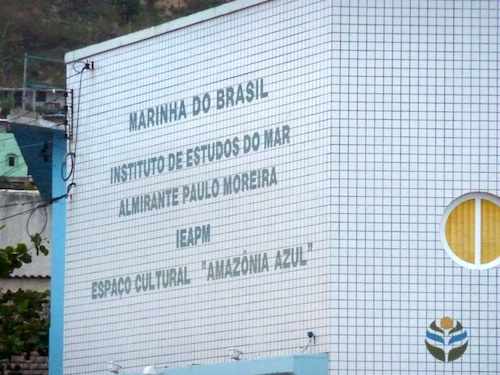
And, I don’t know how, I managed to run out of gas in the center of Rio. In the end, we arrived in Arraial do Cabo before the bus bringing students and teachers, but, to my surprise, there was, parked in front of the Navy’s Cultural Center, an evangelist “Trio Elétrico“(1). I was about to sit and cry when they left to parade around the city and left us in the Lord’s peace. We arranged everything more or less in time to start the course with a little delay at 8 pm.
I prepared an informal and provocative opening, as I was hoping the entire course would be, a talk entitled ‘Science in a world filled with information’. Scientists discover things that change the world but did not yet realized that the Internet has changed the world in which they live. It not only serves to send and receive e-mails or as a repository for scientific papers. The Internet is a language and we cannot think about doing business, politics, science or teaching in the same way as before. We can no longer, for example, have the luxury of being boring, just because what we have to say is so important. If you are boring, nobody will pay attention to you and see how important it is whatever you’re saying.
Later that night I opened a bottle of ‘Prosseco‘. It was just the beginning, but after months of preparation, I had to celebrate a good start.
(1)Trio Elétrico is a big truck, with speakers all around and a band playing on the top, typical from the carnival in Bahia
Watch this (and some other talks) on the ISMEE’s youtube channel







